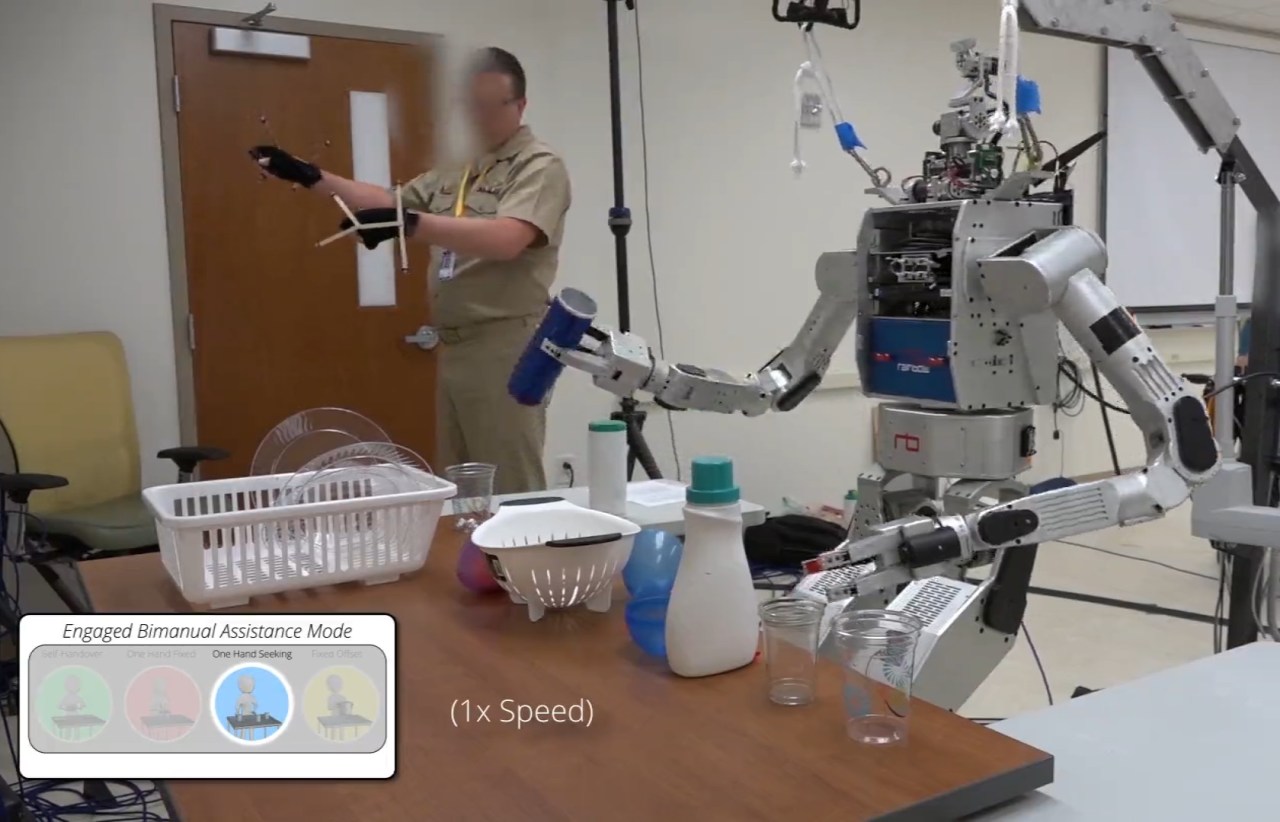The world of robotics is evolving at an astonishing pace, yet there’s an intriguing challenge that looms large: how to replicate the dexterity and coordination we humans exhibit in two-handed tasks. Could robots soon master intricate actions — like opening a jar or juggling two objects? Researchers at the University of Wisconsin-Madison are making significant strides in this area, developing a robotic control system that essentially learns from our human movements. In this post, we’ll dive deeper into the remarkable advancements in two-handed robotic control and what this means for the future of AI-operated devices in our daily lives.
The Journey from Human to Robot
Understanding and mimicking our intricate two-handed movements isn’t merely about replicating the physical action; it’s about grasping the intent and the subtlety behind those moves. The Wisconsin-Madison team is not building robots from ground zero. Instead, they focus on teaching robots by observing humans in action. Early experiments involved participants using motion capture technology to perform everyday tasks such as stacking cups, pouring contents, and manipulating objects with precision.
Four Core Actions That Define Human Manipulation
The collected data from the human tasks revealed some fascinating insights: humans generally engage in one of four core actions during two-handed operations. By recognizing these actions, the robots can adapt and enhance their approach to those tasks. Here’s a brief overview of how these actions translate into robotic function:
- Stabilization: One hand holds an object steady, allowing the other to interact with it, as in the case of opening a jar.
- Support: One hand supports the weight or stability of an item while the other moves or adjusts it.
- Coordination: The two hands operate in harmony, with each hand’s movements benefiting the other.
- Prioritization: The system adapts its focus based on which hand is actively engaged at the moment.
Enhanced Learning Mechanisms
One of the standout features of this robotic system lies in its ability to analyze how humans dynamically adjust their movements in real-time. For example, when cracking a fake egg or balancing a tray of glasses, the robot is not just mirroring the human’s movements but also incorporating a sophisticated understanding of pressure, grip adjustments, and spatial awareness. If one hand faces an obstacle, the system strategically allocates resources to ensure the other hand compensates effectively.
The Path to Autonomy
While this research currently augments human control, the ultimate goal is to pave the way for autonomous operation. Before a robot can independently perform tasks that demand fine motor skills akin to those of a human, it must comprehend not only the physical actions involved but also the underlying motives and decision-making processes. This understanding is crucial for planning movements, grip placements, and timing.
Conclusion: Bridging the Gap between Humans and Machines
The adventure of developing two-handed robots is still in its infancy, yet the potential applications are staggering. As these robots become more adept at learning from human dexterity, we edge closer to a future where they could aid the elderly, assist in household tasks, or even participate in complex medical procedures. Research like this is not only fundamental for robotic development; it is essential for creating devices that can work seamlessly alongside us in our daily lives.
At fxis.ai, we believe that such advancements are crucial for the future of AI, as they enable more comprehensive and effective solutions. Our team is continually exploring new methodologies to push the envelope in artificial intelligence, ensuring that our clients benefit from the latest technological innovations.
For more insights, updates, or to collaborate on AI development projects, stay connected with fxis.ai.

